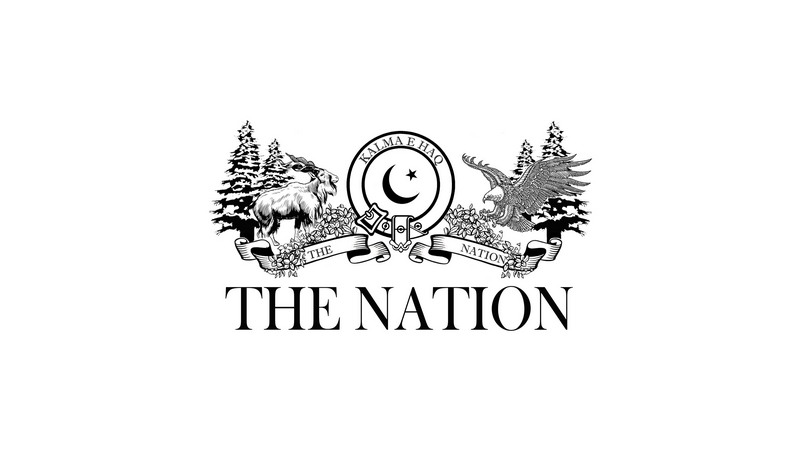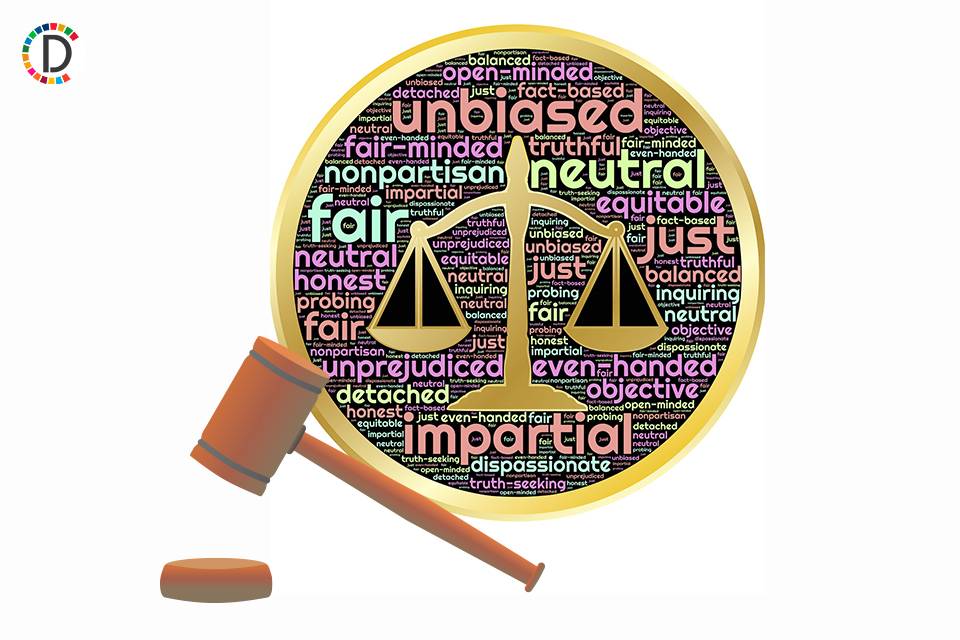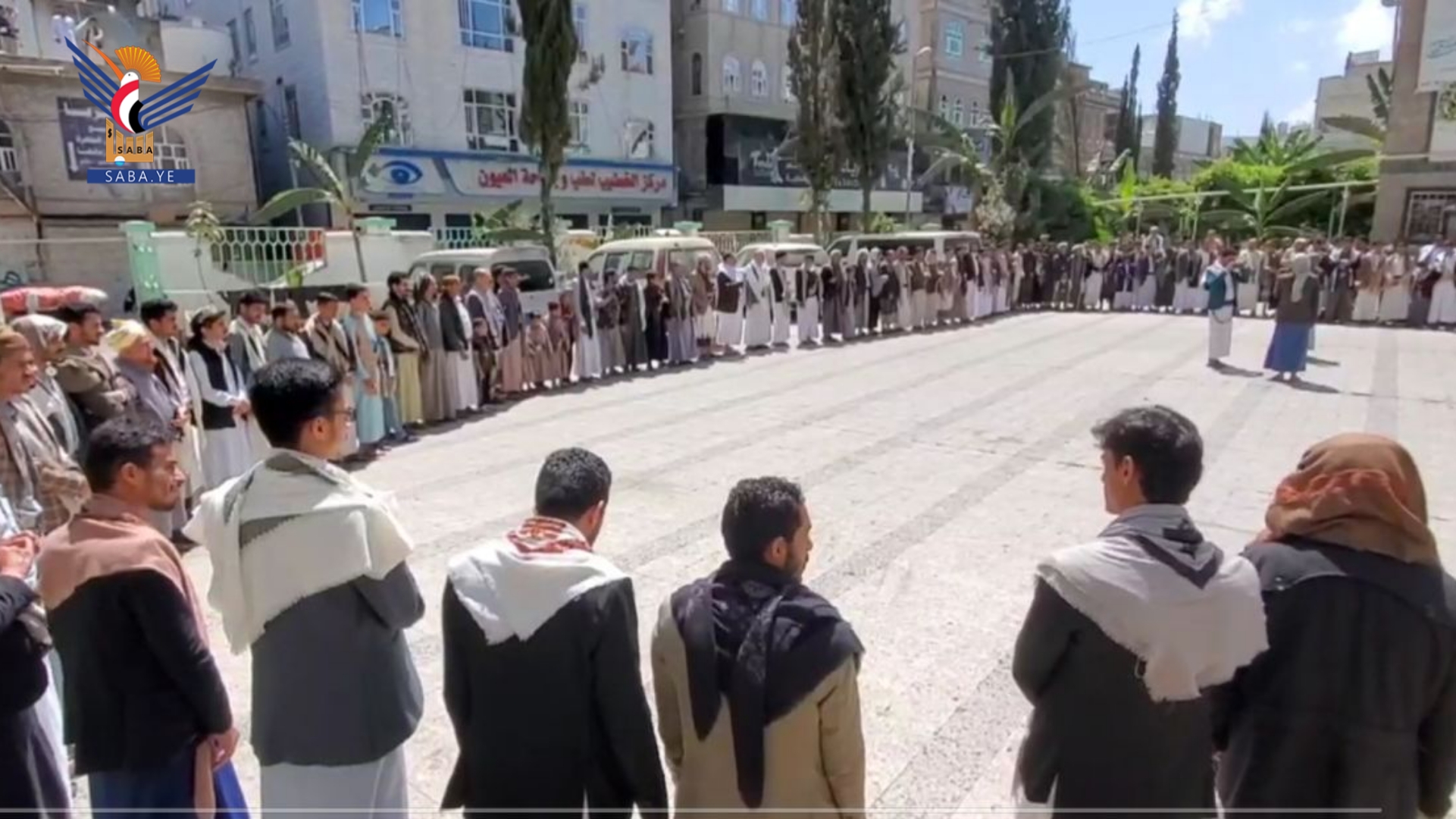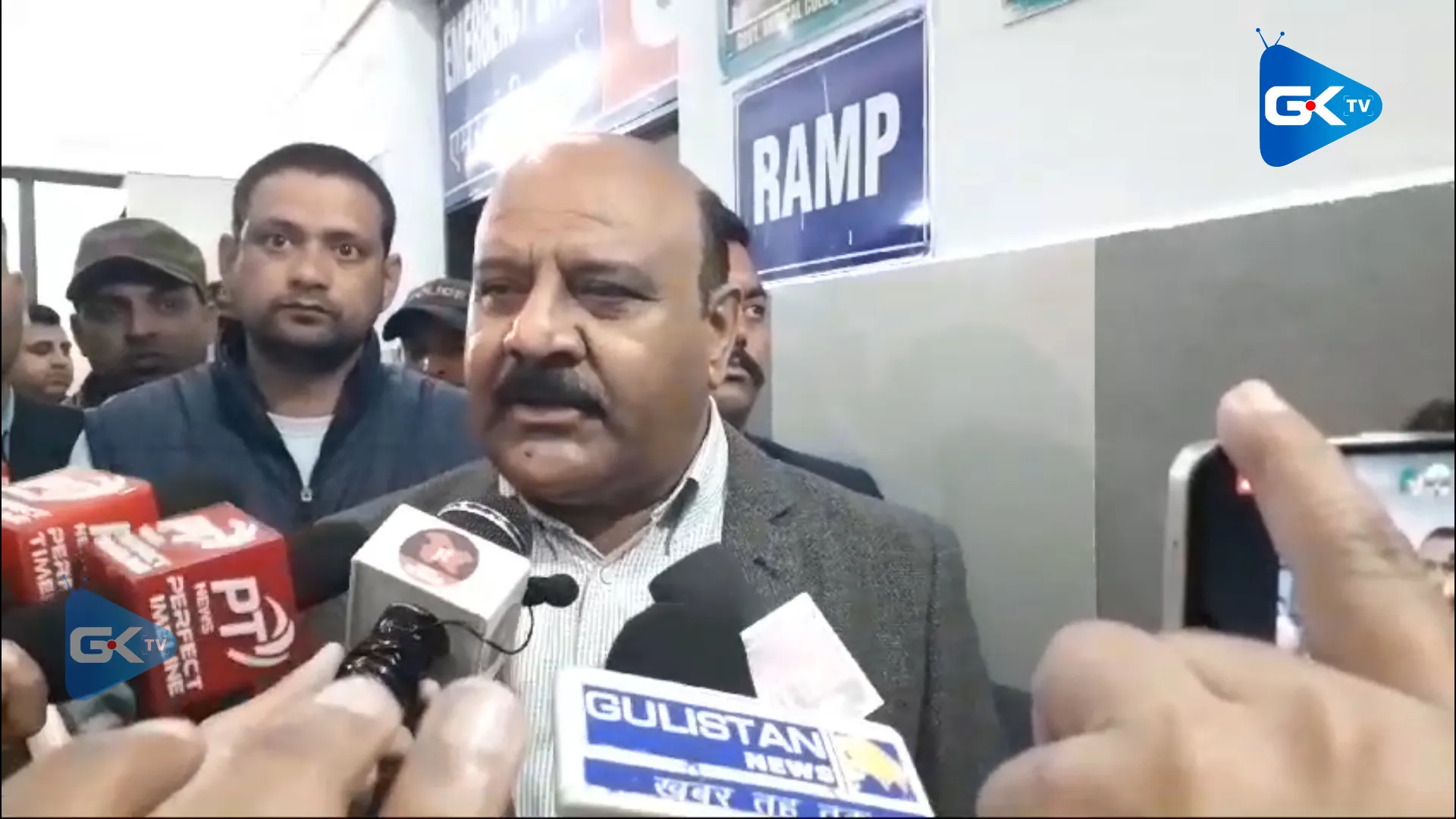
South Asia is charting two distinct paths. As President Asif Ali Zardari embarks on a five-day state visit to China on Tuesday to meet the country’s top leadership, including President Xi Jinping and Premier Li Keqiang, U.S.
President Donald Trump has invited Indian Prime Minister Narendra Modi to visit the White House next week. Two regional powers in South Asia are deepening ties with rival superpowers, solidifying their partnerships in a new era—perhaps even in preparation for countering each other’s strategic designs. The battle lines are clearly drawn, and they are more defined than when the U.

S. was once allied with Pakistan to disrupt Afghanistan. Over the years, India’s reliance on Russian military equipment has steadily declined as its armed forces have incorporated increasing amounts of foreign weaponry from Israel, France, and the United States.
Given the U.S.’s escalating hostility towards China, India has emerged as a natural partner.
Strategically located to potentially disrupt China’s supply routes, India also shares active border disputes with its northern neighbour and boasts a matching population that could be mobilised in the event of a crisis. In Washington’s calculations for countering China, India is an indispensable ally. Modi’s Kashmir delusion For Pakistan, the strategic equation is equally clear.
China and Pakistan have been “iron brothers” since their inception, supporting each other in key endeavours. The China-Pakistan Economic Corridor (CPEC) is not only a crucial economic artery linking Pakistan with China but also provides China with direct access to the Arabian Sea, circumventing the chokepoints that the U.S.
and its allies seek to impose. Similarly, military cooperation between the two nations has deepened significantly, with Pakistan increasingly focusing on Chinese-made and jointly developed fighter jets, tanks, artillery, and other defence equipment. The outcomes of these high-profile visits remain uncertain, but one thing is clear: both nations are further entrenching themselves within their established alliances in an increasingly multipolar world.
With trade wars escalating, BRICS gaining influence, and military conflicts simmering across the globe, these alliances are likely to become even more deeply entrenched and adversarial than ever before. Govt launches 6th round of mass deworming campaign Tags: south asia choice.















